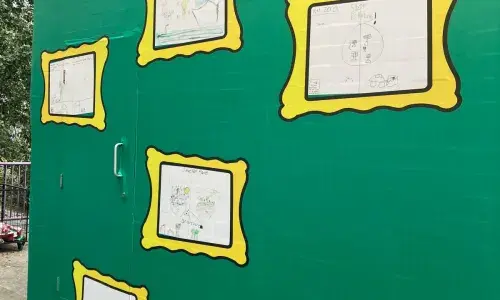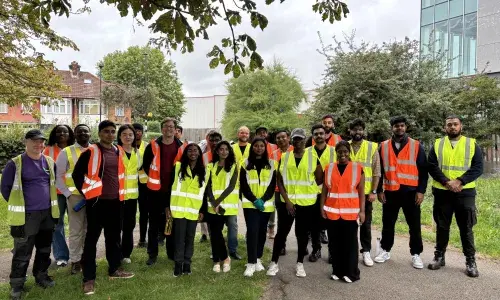
Sarah Woolham-Jaffier: rewiring London
Sarah took a Masters in Civil Engineering and now works as part of the London Power Tunnels project team, helping to improve the capital’s electricity infrastructure.
Preparing London for a more electrified future
I’m working to rewire the country’s capital. The London Power Tunnels project is essentially rewiring the city’s high-voltage electricity transmission system, through a network of new cable tunnels, ventilation houses and substations.
It’s future-proofing the reliability of the system and preparing the city for an increasingly electrified future by increasing capacity. It will also enable London to benefit from increases in renewable energy.
Minimising disruption, reducing pollution
A tunnel solution eliminates the need to dig up road surfaces to complete repairs and maintenance, reducing congestion and pollution in the city.
Phase 1 of the project was completed between 2011 and 2018, and carried the cable circuits north of the River Thames. The second phase of the project will run south of the river, from Wimbledon to Crayford.
A varied, responsible role
My role is in project management and, even though I’m still a graduate trainee, I have been given lots of exposure and taken on responsibility. Every day is different – from measuring the performance of contracts, coordinating with internal stakeholders and external contractors, to dealing with planning consents.
I love the fact that, although I’m principally a civil engineer, I get to be the public face of National Grid and have the opportunity to explain the benefits of our work to public audiences.
Reaching out to communities
Another part of my work is coordinating a community outreach programme; consulting and communicating with neighbourhoods and schools, allowing young people to learn about the project and what it means for London and Londoners. I love the fact that, although I’m principally a civil engineer, I get to be the public face of National Grid and have the opportunity to explain the benefits of our work to public audiences.
Watch related video


